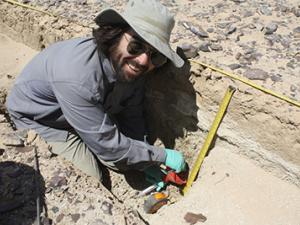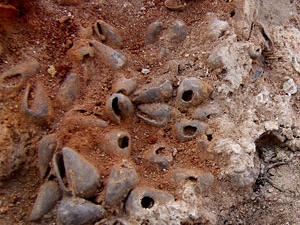

Research Bio
Lisa Maher is an anthropological archaeologist specializing in prehistoric societies of the Near East. She has been directing archaeological projects in Jordan for twenty five years and worked in many other countries throughout the Middle East, North Africa, Asia and North America. She currently directs a project in Cyprus exploring the earliest island inhabitants. Her interdisciplinary work integrates archaeology, geoarchaeology, and paleoenvironmental studies to reconstruct lifeways of early humans.
Maher is an Associate Professor of Anthropology at UC Berkeley, a member of the Ancient History and Mediterranean Archaeology graduate faculty, and curator of lithic collections at the Hearst Museum. She has received grants from the National Science Foundation, National Endowment of the Humanities, Wenner-Gren Foundation, National Geographic Society, Social Sciences and Humanities Research Council and Arts & Humanities Research Council of Britain. Her publications contribute to debates on the transition from foraging to farming. Her expertise spans prehistory, lithic technology, the origins of agriculture, and place-making.
Research Expertise and Interest
archaeology, hunter-gatherers, prehistory, geoarchaeology, landscape use, stone tools technology, emergence of social complexity, ancient technology
In the News
What ancient poop reveals about the rise and fall of civilizations
Huts, artifacts in Jordanian excavation offer new perspectives on life 20,000 years ago
Archaeologists working in eastern Jordan have announced its discovery of 20,000-year-old hut structures, the earliest yet found in that country.


